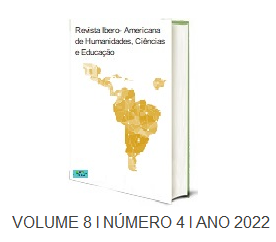SURGICAL PSYCHOPROPHYLAXIS IN UROLOGY
DOI:
https://doi.org/10.51891/rease.v8i4.5161Keywords:
Urology. Humanization. Surgical.Abstract
Aiming at the humanization of the surgical procedure, this academic work aimed to develop a review study on Surgical Psychoprophylaxis in Urology with the aforementioned aim and the reduction of the possibilities of error in the procedure, enhancing the patient's recovery through the information given. In this sense, a follow-up protocol was involved in the preoperative period, as well as in the postoperative period. It was also noted that emotional barriers such as fear, anxiety and agitation that were present in more than 70% of the patients were triggered when the surgery was requested. However, patients who received preoperative and postoperative follow-up showed better emotional and physical recovery. Still on the post-surgical period, the group that did not have the follow-up showed more pain, and represents about 64.99% of the patients submitted. The results of this research demonstrate the effectiveness of an intervention that takes into account the emotional and psychosocial factors of patients
Downloads
Downloads
Published
How to Cite
Issue
Section
Categories
License
Atribuição CC BY

